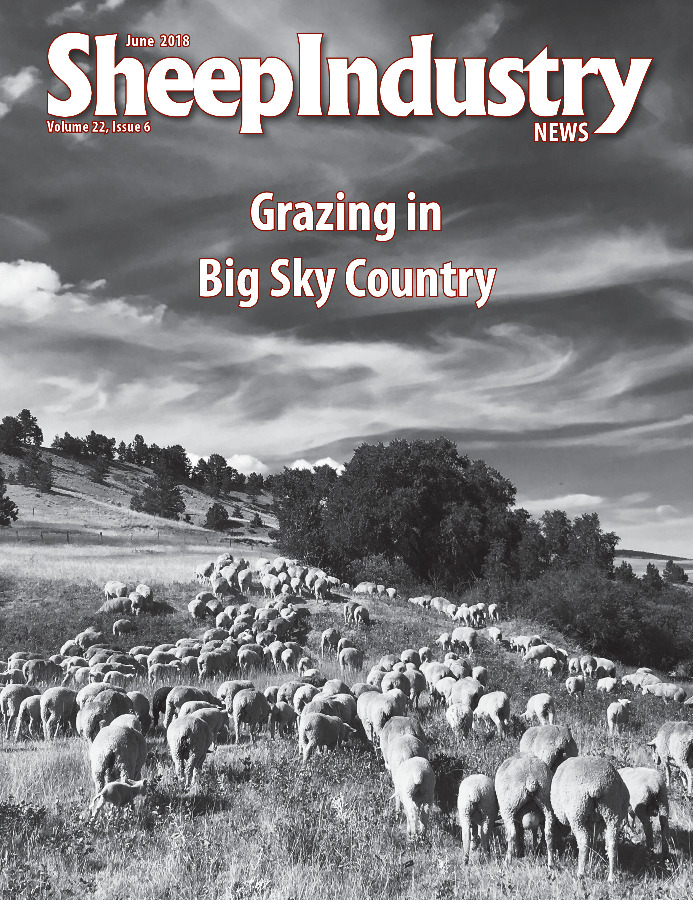News in Brief
Let’s Grow Resource Center Established
Having awarded five rounds of grants in the past three years, the Let’s Grow Program of the American Sheep Industry Association has developed a vast resource of research and information that will prove beneficial to sheep producers around the United States.
“That information is now available in an easy-to-use Let’s Grow Resource Center that was recently developed with information obtained through the grant recipients,” said Let’s Grow Committee Chair and ASI Secretary/Treasurer Susan Shultz of Ohio. “That information can play a vital role in helping sheep producers increase their flock’s productivity and efficiency.”
Information will also be added as available from ongoing grant projects. Visit Sheepusa.org/Resources_LetsGrowResources to view the information.
ASI Requests Data on Lamb in Cold Storage
ASI submitted a letter this spring to the U.S. Department of Agriculture’s National Agriculture Statistics Service requesting more information on the supply of both domestic and foreign lamb in cold storage in the United States.
“The monthly frozen stocks data reported for lamb is vital information for the lamb industry,” read the letter from ASI President Mike Corn. “As the impact of imported lamb on the marketplace continues to strengthen, there is a greater need for more transparent information on the current supply of imported lamb product in United States cold storage facilities. In particular, ASI requests NASS consider collecting and reporting additional information for the monthly frozen stock data for lamb.”
ASI requested reporting data for the following categories: domestic lamb, domestic shoulder, domestic rack, domestic loin, domestic leg, domestic ground lamb, imported lamb, imported ground lamb, imported shoulder, imported rack, imported loin and imported leg.
“In providing the information above, the United States sheep industry can better assess the current supply of lamb in the marketplace to determine the potential economic impacts on all stakeholders in the lamb production chain,” the letter continued. “In addition, having the above information will provide the United States sheep industry with much needed information for determining the overall health of the domestic lamb market and sheep industry.”
In the letter, ASI praised the information already provided by NASS as invaluable to the industry.
“The United States sheep industry is appreciative of the agency’s efforts over the years in providing data and information relevant to the sheep industry,” Corn wrote.


